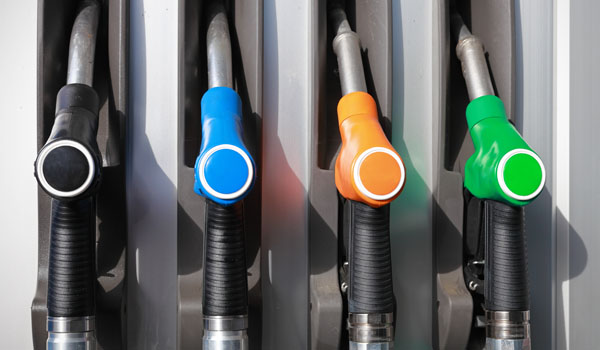While international oil prices are at their lowest in more than a decade comments by the Australian Competition and Consumer Commission (ACCC) chairman Rod Sims suggesting Australian petrol prices should be lowered further have been disputed by those in the industry.
While Sims told The Australian he believed that “retailers’ margins were 6 cents or 7 cents a litre too high and international refiners’ margins were 20 cents compared to the usual 7 cents a litre”Australian Petroleum Statistics produced by the Bureau of Resource & Energy Economics show that for the September Quarter 2015 Australia has among the lowest petrol and diesel prices of all OECD countries.
Caltex spokesman Sam Collyer told C&I Week that although the gross margin on fuel is currently high, it is not a reflection of retailer profitability.
“Gross retail margins shouldn’t be confused with crude oil price fluctuations. Gross margins – the gap between the wholesale price and the price paid by the motorist – vary considerably when you look over a longer period. For example, there have been times in the past 12 months where gross margins have been well below the long-term average,” Collyer said.
“This was particularly the case in February and March last year. The gross margin isn’t a measure of the retailer’s profit. It is instead used to cover all of the operating costs such as power, water, maintenance, rent/loan payments, employee wages and government/regulatory compliance, which can vary between states. It is from the gross margin that the retailer also seeks to make a net profit. We know that this is a low margin, high volume industry as demonstrated by the ACCC’s analysis in 2014 which showed that the real unit net profit on petrol products in the retail sector was 2.22 cents per litre in 2013-14 and averaged 1.35 cpl over the period 2005–06 to 2013–14.”
On December 15, 2015, the ACCC released its fourth quarterly report into the Australian petroleum industry for 2015. At that time Sims noted that “Retail petrol prices did not fall by as much as international prices, in part due to a weaker Australian dollar.”

